Located in the center of Nam Dinh city in a space covered with cool green trees, the Vietnam Textile and Garment Traditional House is a repository of images, artifacts, and a reenactment of the proud traditional history of the textile and garment industry in the country in general, and Nam Dinh textile and garment in particular, over the past century. In particular, there are still many sacred images and relics of Uncle Ho during his visits to the staff and workers of the Nam Dinh Textile Complex.
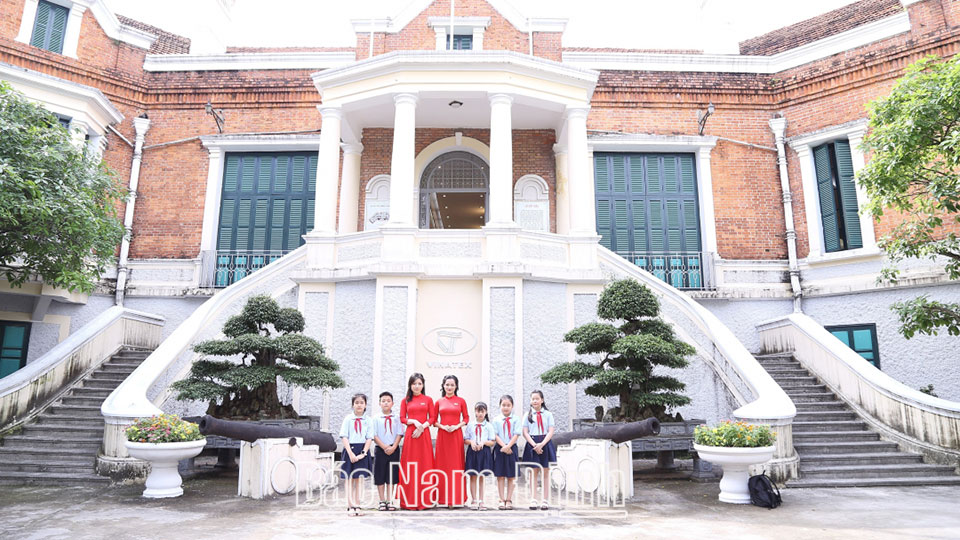 |
| Traditional house of Vietnam Textile and Garment industry. |
Taking us on a tour of the Vietnam Textile and Garment Traditional House at No. 5, Hoang Hoa Tham Street, and introducing each display area in detail, tour guide Pham Thi Thu Ha, Vietnam Textile and Garment Group, said: “I am familiar with this place like my second home. The job of a tour guide for the Traditional House is always new and attractive to me, because behind each displayed artifact are stories and historical events. I like the area displaying artifacts related to Uncle Ho the most. Through the displayed artifacts, I have the opportunity to understand more deeply about Uncle Ho, the times he visited the factory, and his feelings for Nam Dinh in general and the Textile and Garment industry in particular”. The Textile and Garment Traditional House was taken over by Vietnam Textile and Garment Group from the traditional house of Nam Dinh Textile and Garment Joint Stock Corporation. The project was renovated and built from 2010 and completed in 2012. This is also the cradle of the Vietnamese Textile and Garment industry and is the place to preserve values and artifacts representing the fighting and production traditions of the officers and workers of the Textile and Garment industry.
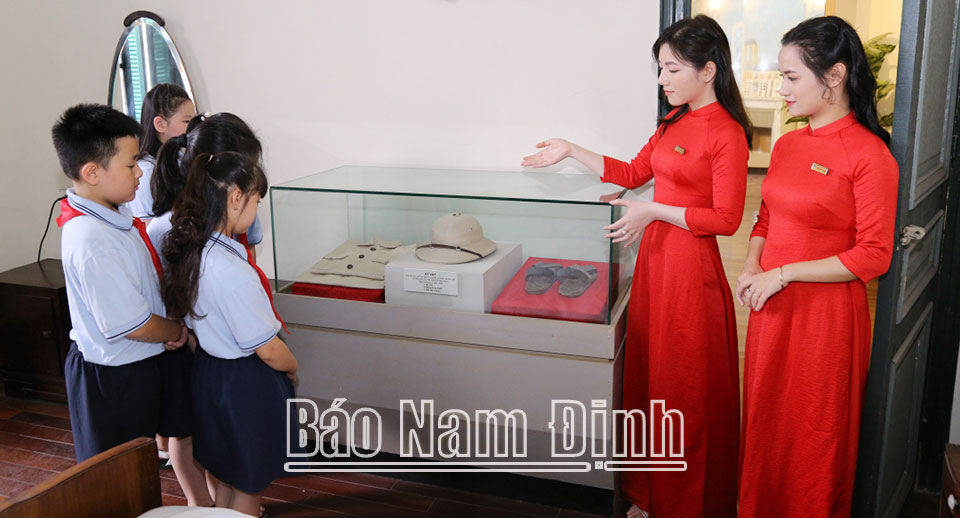 |
| Teachers and students of Nguyen Tat Thanh Primary School (Nam Dinh city) learn about artifacts about Uncle Ho displayed at the Vietnam Textile and Garment Industry Traditional House . |
The traditional house of the Vietnamese Textile Industry has a total area of 1.2 hectares. Currently, the building still retains the ancient architectural marks of France. The building consists of many rooms, each with a separate display theme. Most of the exhibits in the Traditional House maintain the harmony and balance between traditional and modern beauty to reflect the development of the Nam Dinh Textile Industry in particular and the Vietnamese Textile Industry in general through different periods, demonstrating the heroic spirit in fighting to protect the Fatherland and the achievements made during the renovation period. In addition to displaying many artifacts and images about the history of the Nam Dinh Textile Complex from the French colonial period such as: Letters from workers to their bosses when they were beaten and trampled; Images of textile factories during the French colonial period, here, there are also displayed weapons that were used by the Self-Defense Regiment of the Nam Dinh Textile Factory to fight the American invaders, protecting the factory... The Vietnam Textile and Garment Traditional House also dedicates the central, most solemn area to display images and memorabilia about Uncle Ho and the feelings of textile workers towards Uncle Ho, relics recording Uncle Ho's profound instructions to the collective of cadres and workers of the factory when he visited. Some of the memorabilia and relics include: Uncle Ho's resting room when he visited the factory in 1957, 1963; precious documentary photos of the cadres and workers of the Textile Factory happily welcoming Uncle Ho to visit on April 24, 1957; Uncle Ho visiting the textile workshop in 1957; President Ho Chi Minh viewing the factory's products in 1957; Uncle Ho visited the kindergarten for children of cadres and workers of Nam Dinh Textile Joint Stock Company in 1963; documents recording President Ho's teachings to the Party Committee and people in the province in general, and workers in the textile industry in particular, during the resistance war against the US to save the country...
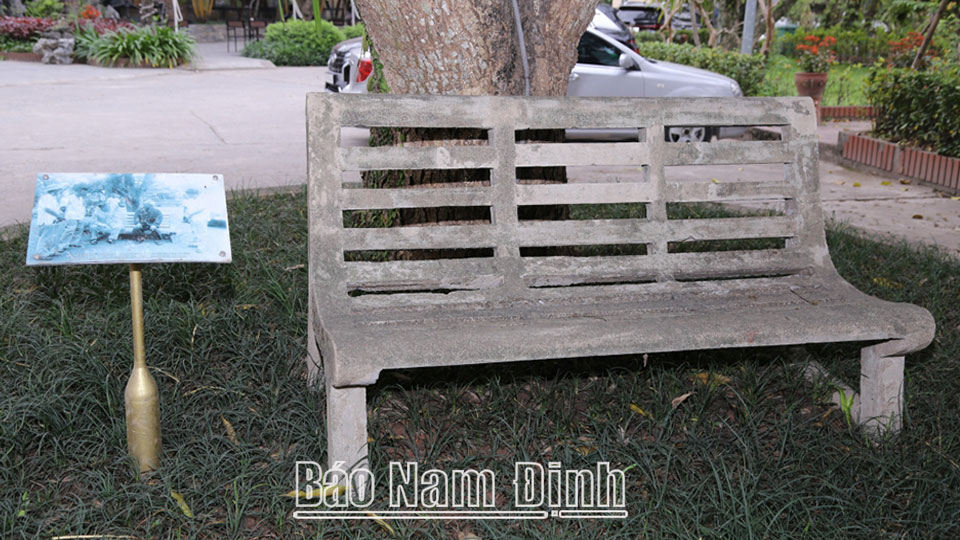 |
| The stone chair where Uncle Ho used to sit and talk is displayed at the Vietnam Textile and Garment Industry Traditional House. |
Among the souvenirs that the Traditional House kept during the three times Uncle Ho visited the factory, we were especially impressed with the room where Uncle Ho stayed. The room where Uncle Ho rested was smaller than the other rooms in the house. The room was arranged and decorated very simply, with daily utensils and items such as a bed, two small wooden cabinets on both sides of the bed for Uncle Ho to place his personal belongings. Right next to Uncle Ho's bed was a set of desk and chair. During his stay here, he worked at this table, making important decisions for the nation, instructions for the Party Committee and people of Nam Dinh province, as well as for the Nam Dinh Textile Joint Stock Company. Next to the bed, near the exit, there is still on display Uncle Ho's pith helmet, khaki clothes, and rubber sandals. These are the items that Uncle Ho used during a visit and work at the factory. In front of the bed, next to the window, there is a set of wooden living room furniture, including a table, two chairs... Currently, on the wall near the desk, there are many artifacts associated with Uncle Ho's imprints and handwritings in Nam Dinh, such as: The flag model that President Ho Chi Minh sent to Nam Dinh Textile Factory to make as a gift for Pyongyang Textile Factory (Democratic People's Republic of Korea) to show the solidarity and attachment between the two countries and the two factories. On the flag model, there is Uncle Ho's handwriting correction. The draft emulation agreement of the Textile Factory, including Uncle Ho's handwriting correction on April 4, 1963. Especially, the New Year telegram that Uncle Ho sent to workers and staff of Nam Dinh Textile Joint Factory, on December 28, 1963. The telegram reads: “… Uncle Ho cordially sends his compliments to the workers and cadres who competed to successfully implement the 1963 plan ahead of schedule. He wishes you all a happy and healthy new year and to strive to compete to achieve even greater victories to keep up with the brothers and sisters of the Pyongyang Textile Factory…”
Visiting the room where Uncle Ho used to stay, looking out from the window, there is still a ebony tree with a canopy taller than the window. Under the old ebony tree is the stone bench where Uncle Ho used to sit and discuss work with comrades Le Duc Tho, Le Van Luong and other provincial leaders during his last visit to Nam Dinh. After more than 60 years, the ebony tree is increasingly green, with lush branches and leaves, providing shade. The stone bench where Uncle Ho used to sit and talk is still preserved and maintained by the staff of the Traditional House of the Vietnam Textile Industry. On important occasions, visitors from afar who come to visit the Traditional House are brought here by tour guides, who carefully introduce the "background", thereby gaining more information and knowledge to better understand the person, life and revolutionary career of President Ho.
60 years since the last time Uncle Ho visited Nam Dinh, the room as well as the artifacts and documents of Uncle Ho's visit to Nam Dinh Textile Complex have always been cherished, respected, preserved and maintained by the staff of the Vietnam Textile and Garment Industry Traditional House with all their respect and gratitude. "We consider it both a responsibility and an honor and pride for the staff of the Vietnam Textile and Garment Group to continue to preserve and promote the values of cultural heritage, the warm feelings that President Ho Chi Minh had for the Party Committee and people of Nam Dinh province in general, and the staff and workers of the Textile and Garment industry in particular," Ms. Ha affirmed./.
Article and photos: Hoa Xuan
Source link



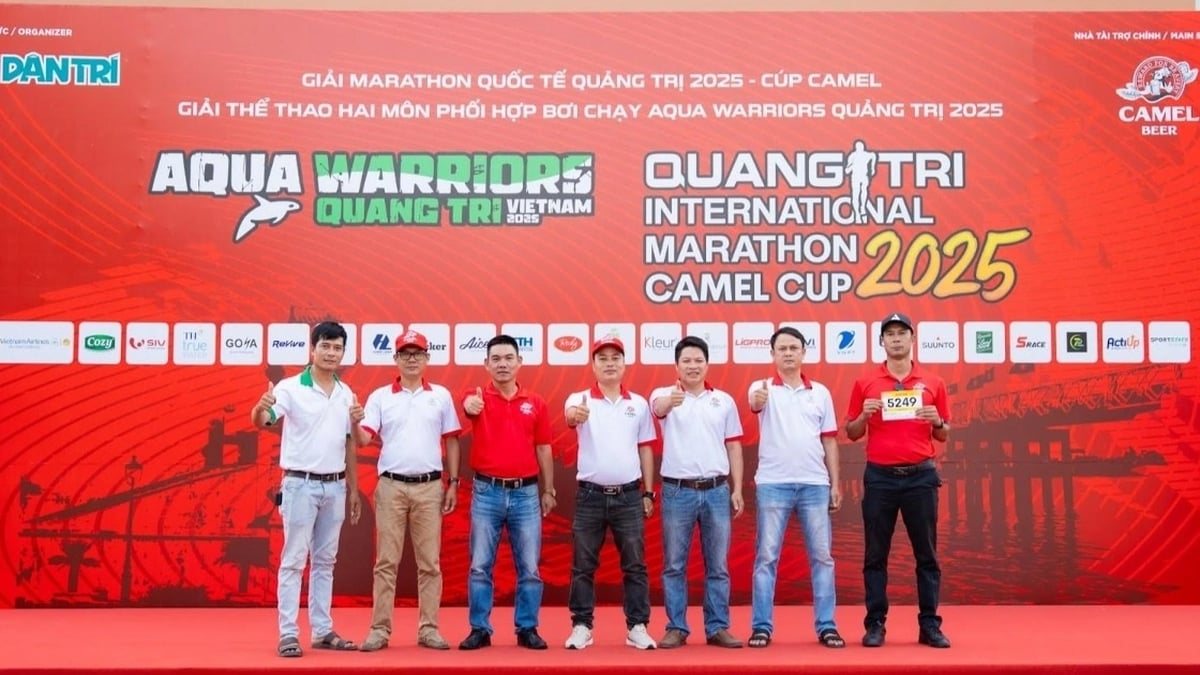
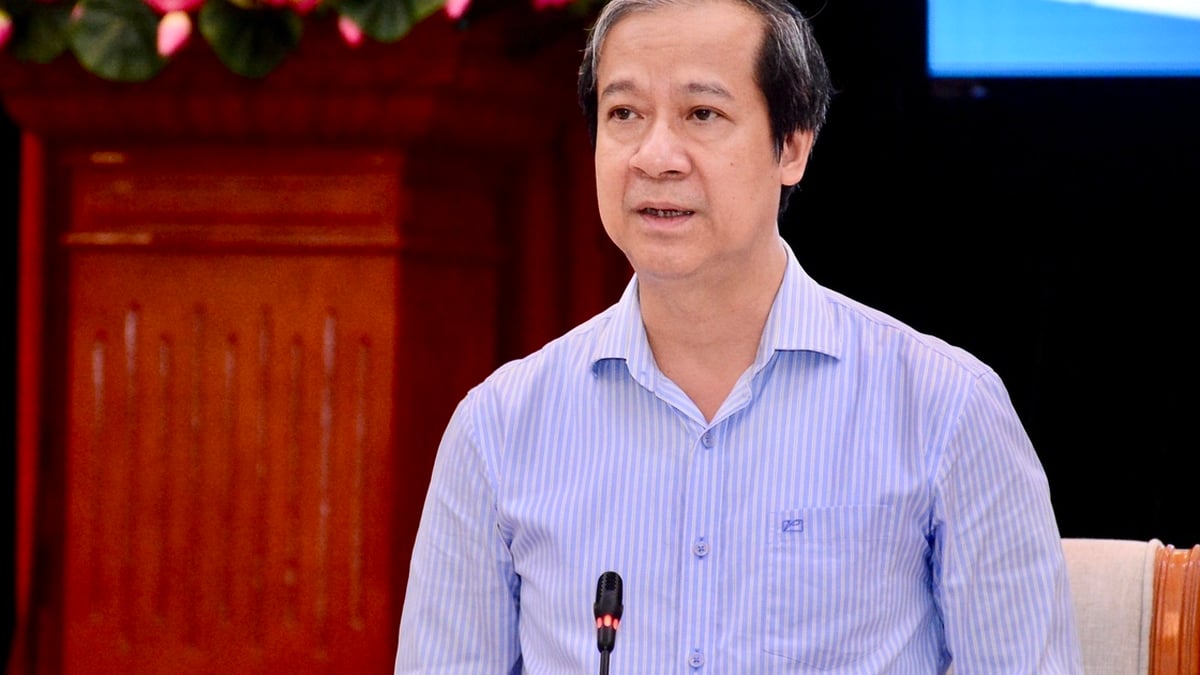

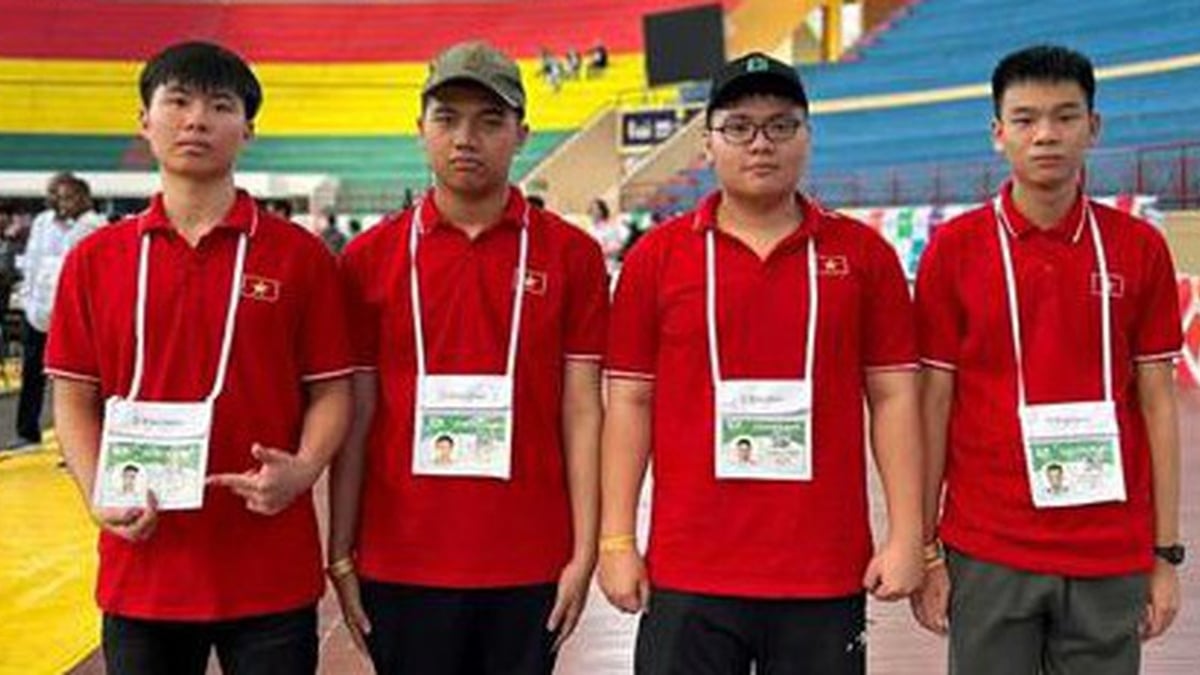
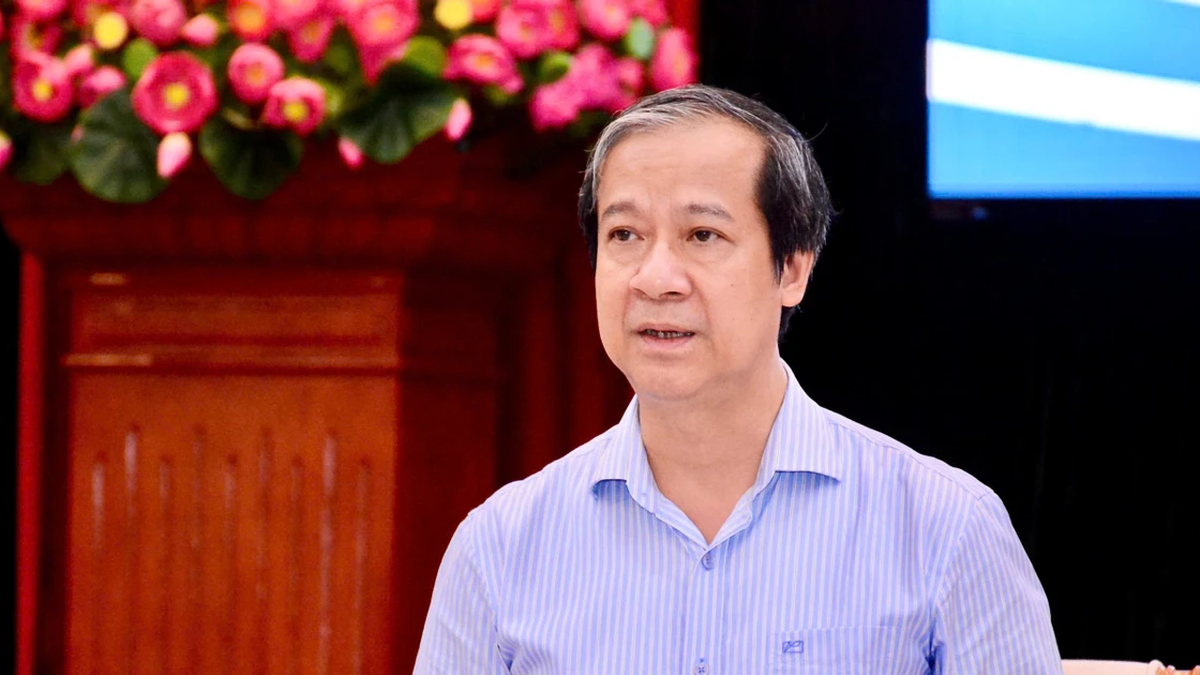
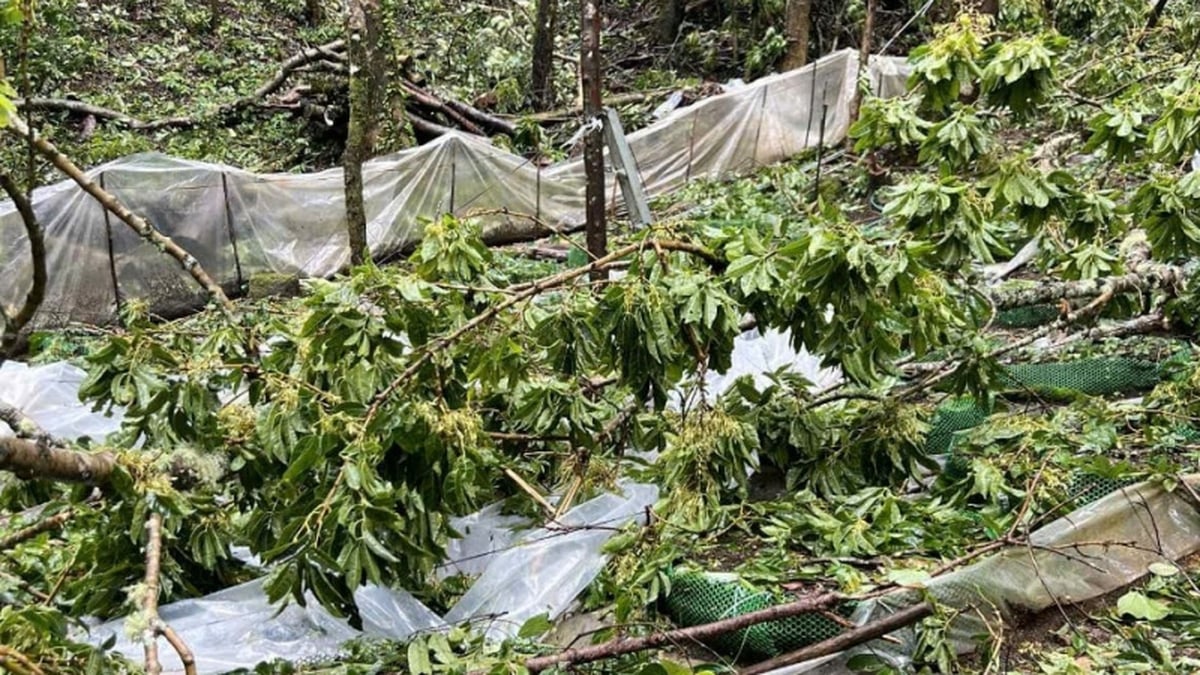
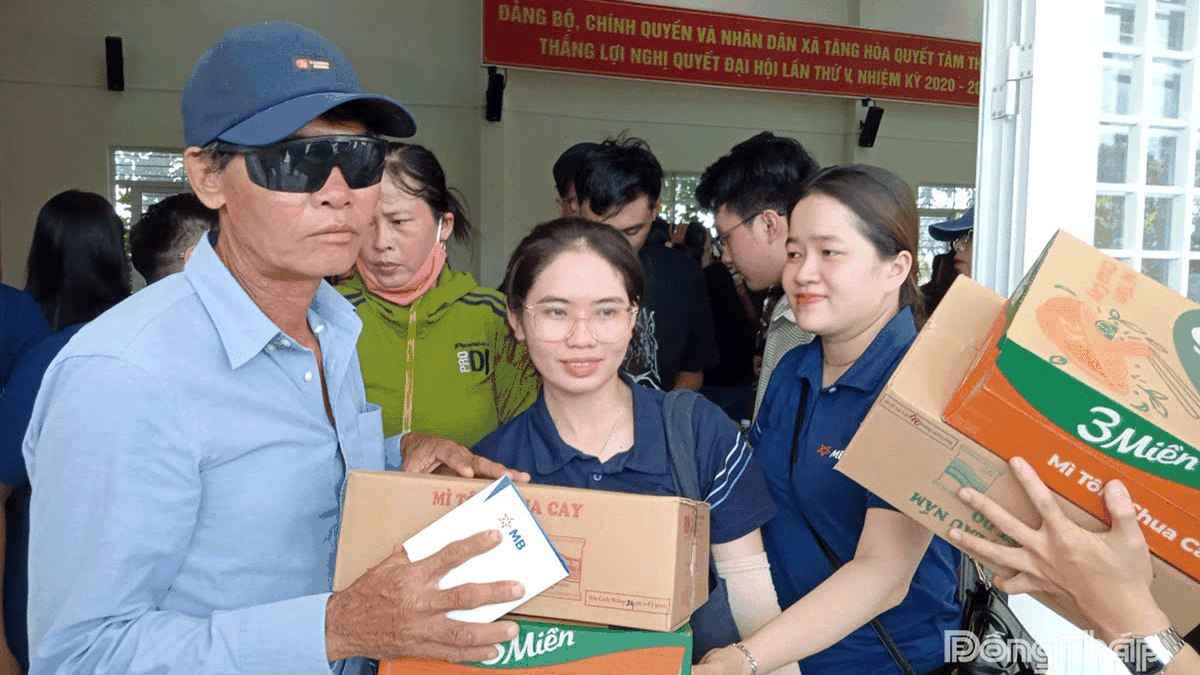
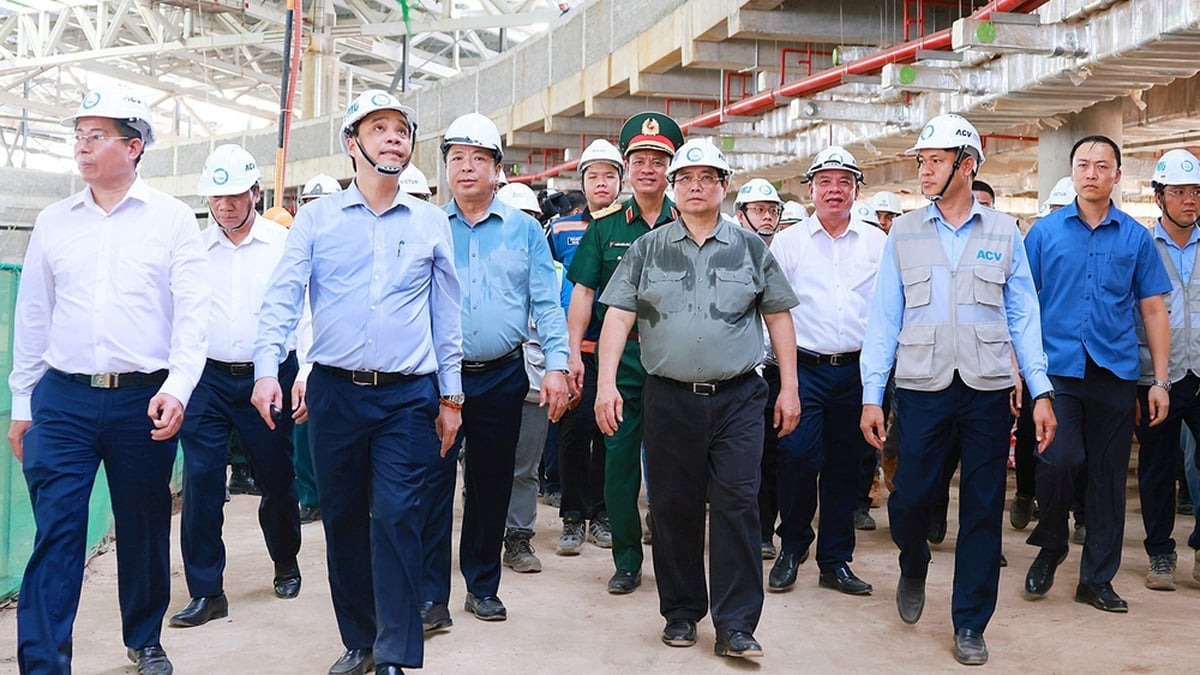
























































































Comment (0)